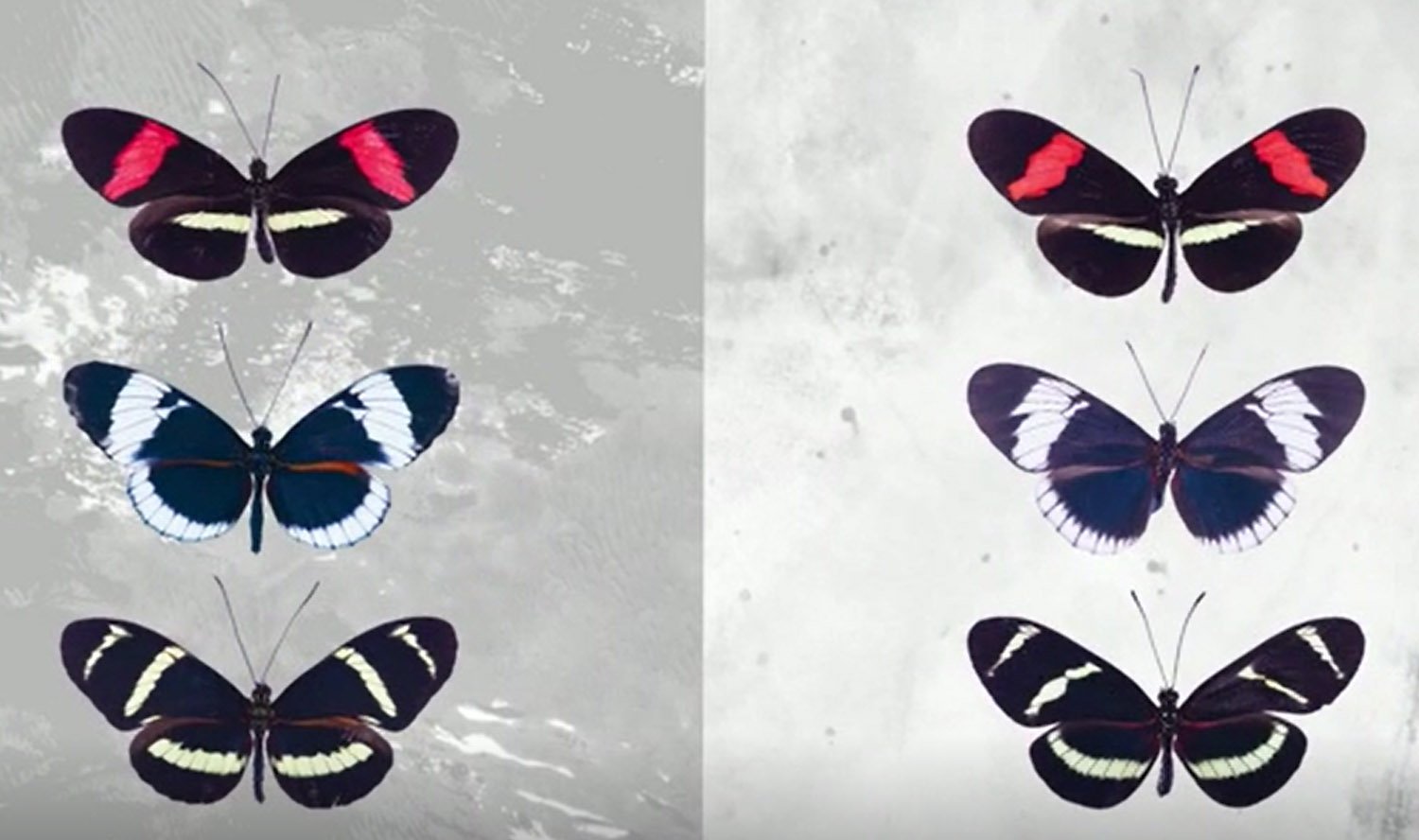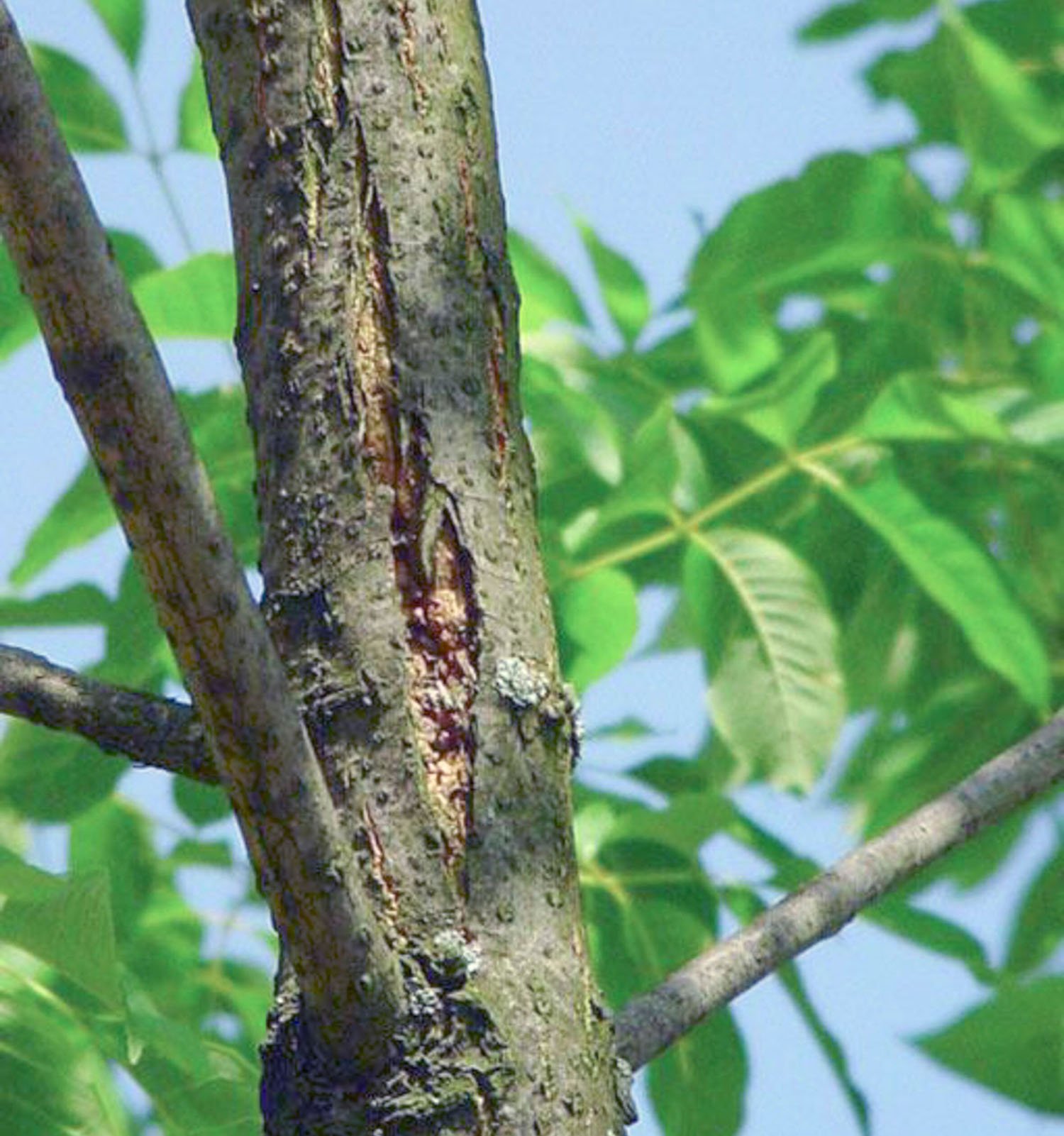Genes borrowed from bacteria allowed plants to move to land
Natural genetic engineering allowed plants to move from water to land, according to a new study by an international group of scientists from Canada, China, France, Germany, and Russia. “This is one of the most important events in the evolution of life on this planet–without which we as a species would not exist,” said Gane … Read more









